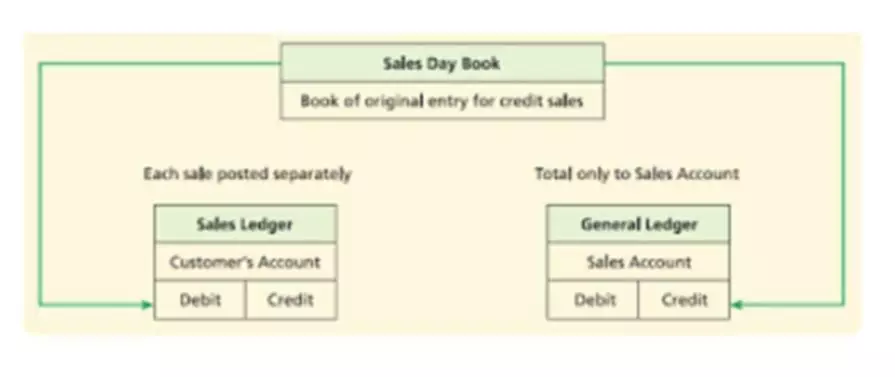Content
- Sign up for Investor news and alerts
- Examples of Non-Cumulative Preference Shares
- State Street Corporation Declares Dividends on Its Non-Cumulative Perpetual Preferred Stock Series “D”, “F” and “G”
- Cumulative Preferred Stock vs. Non-Cumulative Preferred Stock
- How common stocks work
- What Are Preferred Dividends?
- Investor Email Alerts
- Our company

It means that cumulative preferred shares are important that the noncumulative preferred shares. It is the reason why they are given priority when it comes to the dividend payment. Preferred stock is an equity security with special features and characteristics. These shareholders https://www.bookstime.com/ receive preferred dividends which are paid in full before common shareholders receive any dividends. Cumulative preferred stock has an accumulation feature that allows shareholders to receive dividends owed to them even if a firm doesn’t declare dividends in a given year.
Therefore, during these two years, the cumulative and non-cumulative preferred stockholders earned dividends of $70,000 and $100,000, respectively. The calculation for preferred dividends is different based on the features of the preferred stock, if they are cumulative or non-cumulative, and when the dividends are paid out, quarterly or annually. These items help us determine the amount of dividends to be paid out.
Sign up for Investor news and alerts
Additionally, the firm didn’t declare a dividend in year two or three, but declared a dividend in year four. The firm now has two years of dividends in arrears, and must pay this amount before the noncumulative preferred shareholders can receive any of their dividends. Assume a company with 100, 10%, $10 par value noncumulative preferred stocks outstanding issued a dividend for a $50 dividend. Since the preferred shareholders have the first right to dividends, they would take the entire dividend up to their limit (10% of Par) and the common stockholders wouldn’t receive a dividend that year.
- If MC corporation decides to convert its bonds into preferred shares, the market value of the converted shares would be $1,625 vs. the bond investment of only $1,570.
- This needs to happen before common shareholders would receive any payment.
- If they didn’t pay any dividend during that year, the $10 dividend per share wouldn’t be carried forward into the year 2016.
- Theoretically, investors can indirectly influence the issuance of dividends by electing a different set of directors.
- When businesses have enough profit to pay dividends, they prioritize preferred shareholders first, and then pay common shareholders if there are funds left over.
Although noncumulative stocks do not offer the same advantages as cumulative stocks, they still edge past common stocks in terms of investor preferences. Cumulative dividends refer to the process where shareholders are compensated for years past where they were not paid. This needs to happen before common shareholders would receive any payment. Unpaid dividends on cumulative preferred stock for the year is expressed as „dividend in arrears” in the form of a balance sheet note. A non-cumulative dividend is a type of preferred stock that does not owe any missed payments. Non-cumulative dividends refer to a stock that doesn’t pay the investor any dividends that are omitted or unpaid.
Examples of Non-Cumulative Preference Shares
Now, unpaid dividends of non-cumulative stockholders will not become arrears in such a scenario, meaning that the company will not be liable to pay any unpaid dividends to the non-cumulative preference stockholders. Effectively, non-cumulative preference shareholders offer financial flexibility to the companies during times of liquidity stretch. Noncumulative stocks have an advantage over common stocks in that they are a type of preferred stock – shares that tend to be more expensive than common shares and have preference over common shares during dividend payouts.

In the event of insolvency, preferred stockholders have a higher priority to receive payments over common stockholders. These stocks aim to yield higher rates of return over long periods of time compared to preferred stocks. For instance, if a business is extremely successful, the value of the company’s common stocks will increase. Shareholders may choose to hold onto their shares in hopes of increasing their capital gains in the long run, or may decide to sell their shares for a profit. Investors tend to favor preferred stocks because of the fixed income payments, which are higher than that of common stocks on average, says Bobbins. Other benefits of owning preferred stock include a lower investment risk compared to common stocks.
State Street Corporation Declares Dividends on Its Non-Cumulative Perpetual Preferred Stock Series “D”, “F” and “G”
Generally, noncumulative preferred stock is not common in the stock market. The reason is that most investors don’t prefer it because it puts them in a state of uncertainty where they have no assurance of income flow. Also, this issuance of dividends when it comes to this type of stock is at the discretion of the company’s board of directors.
- However, the board of directors feels that there is not sufficient cash flow in the third quarter to pay a dividend.
- You should carefully consider your long-term financial and investment goals before purchasing shares of a company.
- A preferred stock pays stockholders set dividend payments on a regular schedule, but does not have voting rights or as much potential for capital appreciation as common stock.
- The rights of holders of preference shares in Germany are usually rather similar to those of ordinary shares, except for some dividend preference and no voting right in many topics of shareholders’ meetings.
- Investment products and services are offered through Wells Fargo Advisors.
- The practice exams with answers really helped and when I had a question for The Professor, I always received a quick and accurate response.
- If a user or application submits more than 10 requests per second, further requests from the IP address(es) may be limited for a brief period.
In https://www.bookstime.com/articles/what-is-noncumulative-preferred-stock, the issuer is not required to make up any missed payments, and does not incur any penalty for missing these dividends. Noncumulative preferred stock is extremely rare, because it places the holders of the stock in the uncertain position of not having an assured income stream. Instead, the shares are effectively the same as common stock, where the issuance of dividends is at the prerogative of the board of directors.
Cumulative Preferred Stock vs. Non-Cumulative Preferred Stock
BofA Securities, Inc., Merrill Lynch, Pierce, Fenner & Smith Incorporated and Merrill Lynch Professional Clearing Corp. are registered as futures commission merchants with the CFTC and are members of the NFA. Company goals are aspirational and not guarantees or promises that all goals will be met. Statistics and metrics included in our ESG documents are estimates and may be based on assumptions or developing standards.

Related posts
Operating vs Non-Operating Revenue
Bookkeeping : 04.08.2023 : 0 ComentariiSeparating non-operating from operating income provides stakeholders and users of financial statements with a clear image and better knowledge on […]
Invoice Factoring: Everything You Need to Know
Bookkeeping : 24.07.2023 : 0 ComentariiAfter this review, if you are approved, you will sign a factoring agreement and begin the factoring process. The factoring […]
What is virtual bookkeeping?
Bookkeeping : 28.06.2023 : 0 ComentariiContent Why QuickBooks What is BPO (Business Process Outsourcing)? What is the difference between Accounting and Bookkeeping? Create a free […]
Direct Material Quantity Variance Formula and Calculation
Bookkeeping : 18.05.2023 : 0 ComentariiWith either of these formulas, the actual quantity used refers to the actual amount of materials used at the actual […]